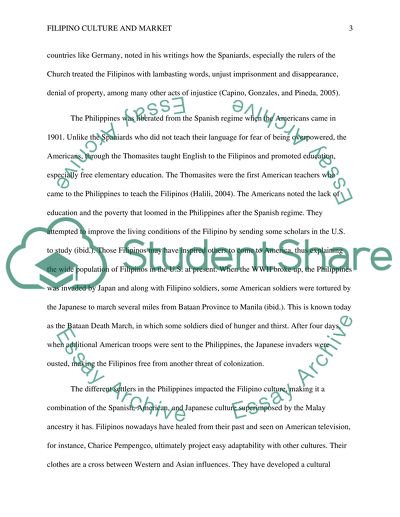Cite this document
(“Culture Expos Project Research Paper Example | Topics and Well Written Essays - 1250 words”, n.d.)
Retrieved from https://studentshare.org/marketing/1429727-culture-expos-project
Retrieved from https://studentshare.org/marketing/1429727-culture-expos-project
(Culture Expos Project Research Paper Example | Topics and Well Written Essays - 1250 Words)
https://studentshare.org/marketing/1429727-culture-expos-project.
https://studentshare.org/marketing/1429727-culture-expos-project.
“Culture Expos Project Research Paper Example | Topics and Well Written Essays - 1250 Words”, n.d. https://studentshare.org/marketing/1429727-culture-expos-project.


